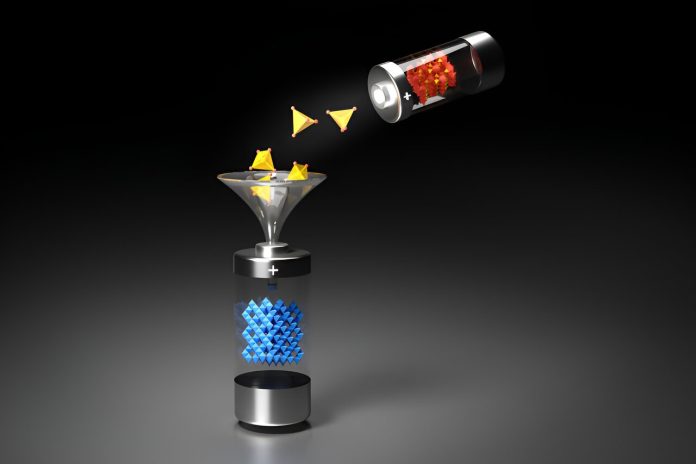
Scientists at MIT have discovered a new type of battery material that could revolutionize energy storage, making it cheaper and more efficient.
This discovery could have a big impact on everything from smartphones to electric vehicles and renewable energy systems.
For the past ten years, researchers have been exploring a material called disordered rock salt as a potential breakthrough for lithium-ion batteries.
Lithium-ion batteries are used in many devices, and improving their performance could have huge benefits for technology and the environment.
The new study, led by MIT Professor Ju Li, introduces a special kind of disordered rock salt called disordered rock salt-polyanionic spinel (DRXPS).
This material combines the benefits of two different types of battery materials—rock salt and polyanionic olivine.
The result is a battery that has high energy density (which means it can store a lot of energy) and good cycling stability (which means it can be charged and discharged many times without losing performance).
One of the most exciting aspects of this new material is that it primarily uses manganese, a common and inexpensive element.
Manganese is much cheaper than the materials typically used in batteries today, like nickel and cobalt.
In fact, manganese is about five times cheaper than nickel and 30 times cheaper than cobalt, making this new material not only efficient but also cost-effective.
This discovery could be particularly important as the world shifts toward renewable energy.
Batteries are essential for storing energy generated by wind and solar power so that it can be used when the sun isn’t shining or the wind isn’t blowing.
With this new material, it could become easier and more affordable to build the batteries needed for a clean energy future.
However, there are some challenges with disordered rock salt materials. While they offer high energy capacity, they aren’t very stable over time. This is because oxygen atoms in the material can move around and cause damage to the battery.
To solve this problem, the researchers added phosphorus, which acts like glue to hold the oxygen atoms in place and prevent degradation. This innovation allows the battery to maintain high performance even after many charge cycles.
Although the discovery is promising, more research is needed to make the material practical for widespread use. The team is working on ways to produce the material in larger quantities and improve its performance.
For example, they are exploring different methods to create a more uniform structure with larger particle sizes, which could increase the battery’s energy density.
They are also looking for ways to reduce the amount of carbon needed in the battery, which would allow more of the active material to be used, further improving energy storage.
The researchers believe that with continued development, DRXPS could be used in electric vehicles, grid storage, and even consumer electronics.
This breakthrough in battery technology is just the beginning. The team is optimistic that with further research, DRXPS could play a key role in the transition to a sustainable, low-carbon future.



